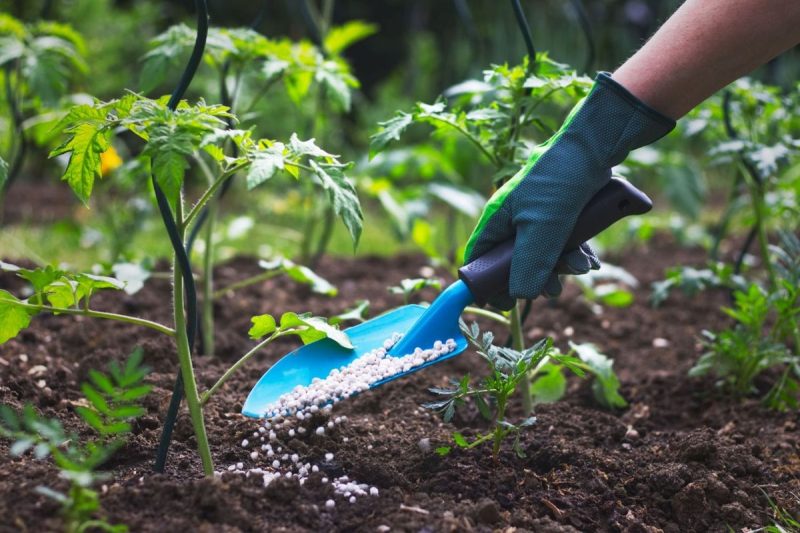Potash vs. Phosphate: Understanding the Key Differences in Fertilizers
Potash and phosphate are two essential elements in fertilizers that play distinct roles in promoting plant growth and health. While both are crucial for maintaining soil fertility and enhancing crop yields, understanding the differences between these two components is key to optimizing plant nutrition and ensuring successful agricultural practices.
Potash, also known as potassium oxide (K2O), is a primary nutrient required for various physiological processes in plants. It plays a vital role in photosynthesis, enzyme activation, water regulation, and overall plant metabolism. Potash deficiency can lead to stunted growth, reduced yield, and increased susceptibility to diseases and environmental stressors. Common sources of potash include potassium chloride, potassium sulfate, and potassium nitrate.
On the other hand, phosphate is a critical nutrient responsible for promoting root development, flower formation, fruit production, and energy transfer within the plant. Phosphorus, in the form of phosphates, is an essential component of DNA, RNA, and ATP – crucial molecules for plant growth and reproduction. Phosphate deficiency can result in poor root growth, delayed flowering, decreased fruit set, and overall reduced plant vigor. Common sources of phosphate fertilizers include monocalcium phosphate, dicalcium phosphate, and triple superphosphate.
One key difference between potash and phosphate lies in their chemical composition and functions within plants. While potash primarily provides potassium to support plant growth and stress tolerance, phosphate serves as a vital component for energy production, nutrient transport, and overall plant vigor. Balancing the application of potash and phosphate fertilizers according to the specific needs of crops and soil conditions is essential for maximizing nutrient uptake and ensuring healthy plant development.
Another significant distinction between potash and phosphate fertilizers is their mobility in the soil. Potash, being a positively charged ion, is relatively immobile and tends to remain in the root zone, making it essential for proper root development and water uptake. In contrast, phosphate, being a negatively charged ion, is more mobile in the soil and can leach away if not adequately managed, emphasizing the importance of targeted application methods and timing to prevent nutrient loss.
Overall, a balanced fertilization approach that integrates both potash and phosphate based on soil tests, crop requirements, and environmental factors is critical for maintaining sustainable agricultural practices and optimizing crop productivity. By understanding the unique roles and characteristics of potash and phosphate in plant nutrition, farmers and growers can make informed decisions to enhance soil fertility, crop quality, and overall agricultural sustainability.
In conclusion, potash and phosphate are essential components of fertilizers that play distinct yet complementary roles in supporting plant growth and development. By recognizing the key differences between these two nutrients and implementing tailored fertilization strategies, farmers can effectively manage soil fertility, promote crop health, and maximize agricultural productivity in a sustainable manner.

